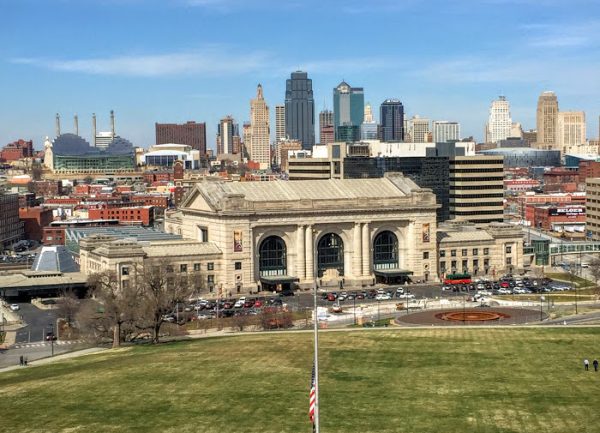3D printing to help developing nations
Two companies have partnered to create a sustainable design for 3D printed houses.
New Story, a nonprofit startup that focuses on raising funds for urban planning, hopes to combat the lack of safe long-term housing for clients. They operate in developing countries like El Salvador, Haiti and Bolivia.
They sought out the aid of ICON, a Texas-based construction startup that has a specialty in advanced 3D printing. Together in early March, the organizations revealed one of the first real-scale 3D printed homes, complete with an office, living room and main bedroom.
While the material used to build the house is not plastic like most 3D printers, the methodology applied to building the house is similar to the creation of a 3D printed pendant or like object.
ICON used a crane-like printer called Vulcan and a cement mix to build the house layer by layer. When looking at a time lapse of Vulcan building a house, it would seem as if the structure was “growing” from the ground up, with the final structure complete after approximately 48 hours.
Advocates of this new model of home building advocate for its minimal environmental footprint.
“With 3D printing, you have speed, a much broader design palette, next-level resiliency, and the possibility of a quantum leap in affordability,” said ICON cofounder Jason Ballard to SingularityHub. “This isn’t 10 percent better, it’s 10 times better.”
3D homes are beneficial for more reasons than one. The cost to build the debut home model in early March was $10,000, a price much lower than the annual rent of an average one-bedroom home in most major U.S. cities. Additionally, the structure of the house is more stable than concrete masonry unit homes.
But most important is the intended application of these designs. New Story and ICON plan on creating communities made up of these 3D printed homes to help those living in extreme living conditions, starting with El Salvador.
Currently, New Story is embarking upon a fundraising effort, hoping to obtain $1 million to invest into building houses over the next two years. About half of the donations will go towards researching how to transport Vulcan efficiently and reducing the printing time from 48 hours to 24 hours.
This ambitious project has precedent that gives supporters considerable faith in its viability. New Story built 102 homes in Leveque, Haiti over the span of 100 days, so they have firm belief that they will reach their goal.
Junior Jamie Skjoldager is in support of this project, confirming her willingness to live in a 3D printed home if presented with the chance.
Early College student Sydney Pierce echoed these sentiments.
“It would be great for people in America who have the means of living in a 3D printed home,” said Pierce. “It can help dignify people who may not have choice but to live in a 3D printed home.”
New Story has already made waves in Silicon Valley as a startup member of the Y Combinator program. Once making their mark in El Salvador, the idea of 3D printed houses may even make its way to the U.S.








